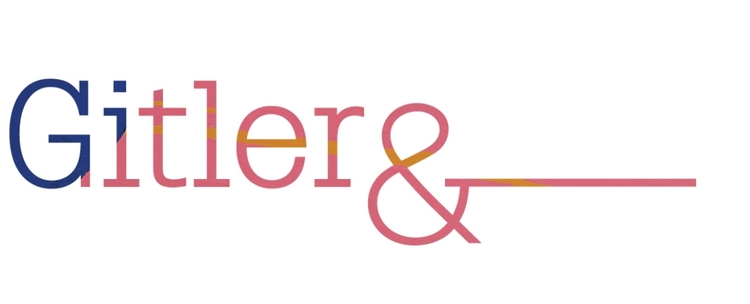Our newest print from George Boorujy
[50% of profits to benefit the WILD BIRD FUND]
George Boorujy, Splitter
20.5 x 33 inches [52.07 x 83.82 cms] - paper
17.5 x 30 inches [44.45 x 76.2 cms] - image
Archival Digital Pigment Print
Edition of 100, signed and numbered by the artist
Prints ship in early April - domestic shipping included
George Boorujy on the artwork:
”Splitter, like a fair amount of my work, is about Florida wildlife. I’m fascinated by Florida because it is a spark place for globalization and our current world. It is where Europeans first made landfall in North America, which ultimately led to colonization and the acceleration of the climactic changes we are witnessing today. And Florida will likely be the first place in North America to be severely impacted by climate change, possibly slipping under the waves as a new Atlantis.
In an obvious nod to Audubon, I depicted the Swallow-tailed Kite with a Rough Green snake - a species it preys upon - sometimes snatching them right out of trees, which is alluded to with the scattered Spanish moss. In this image I am again exploring the struggle between the wildness of Florida and the human imposed geometry upon its landscape.
I wanted to depict a Swallow-tailed Kite – an absolutely beautiful bird – in an iconic way and as the absolute embodiment of “bird” and “flight” with it splayed out almost like a hieroglyphic. It’s also a slight nod to the Florida state flag which has a cross like the Confederate flag with a seal in the middle. This is my re-imagining of a new state flag perhaps.”
The Wild Bird Fund (WBF) is a state and federally licensed 501(c)(3) nonprofit that rehabilitates sick, injured and orphaned wildlife and releases them back to the wilds of New York City. Each year, WBF rehabilitates more than 7,500 animals. WBF treats more than 150 species, from common house sparrows, pigeons and Eastern gray squirrels to rarities such as Virginia rails and snowy owls. This work is funded by donations and accomplished by an animal care staff of about 30 wildlife rehabilitators, who are aided by many dozens of volunteers.
